
From our new podcast network, The Genius Recipe Tapes is lifelong Genius hunter Kristen Miglore’s 10-year-strong column in audio form, featuring all the uncut gems from the weekly column and video series. Subscribe on Apple Podcasts, Spotify, or wherever you get your podcasts so you don’t miss out.
Listen & SubscribePopular on Food52
39 Comments
KariPK
April 6, 2015
I made a small 4.5 bone-in roast and it was just incredible. This was hands down the most perfect beef I have ever made in terms of doneness, tenderness and flavor. Can't wait to make this for a crowd!
ljcreighton
December 28, 2014
This worked perfectly for our 7 lb. boneless roast. Great flavor with the herb crust. What I loved about this method was that we could cook the sides in the oven while it rested before searing. Truly genius! Will use this method from now on. Thanks.
CookOnTheFly
December 28, 2014
Instead of making the version above, I went to the Fine Cooking site and made "Beef Filet with Porcini and Roasted Shallot Sauce" instead - using this same method. It turned out AMAZING and the sauce is to die for. Yes, you must rely on a thermometer, and yes, you can get the ends a bit more well-done for those who like it that way. This recipe/method is a "keeper".
Jo P.
December 27, 2014
My Christmas evening 9.25 pound prime rib was delicious following this recipe. I used a remote cooking thermometer with an alert function to bring the roast to medium rare. My roast was out of the oven for approximately an hour before it was finished off at high heat. It smelled fabulous almost from the minute it started cooking and it was cooked perfectly. My only issue is my own oven and I just used an oven thermometer to get it to the right temperature. This will be my go to recipe from now on. Thank you!
Anna K.
December 24, 2014
Made a bone-in roast using this recipe - it was fantastic! Relied on a thermometer rather than time to determine done-ness. I will use this technique in the future as it provided such a beautiful result.
GordonW
December 18, 2014
this technique works beautifully for bone-in roasts as well. The slow cooking time lets the temperature really equalize.
NancyK
December 18, 2014
If you do it "bone in" do you increase the cooking time?
Kristen M.
December 18, 2014
Don't rely on time -- have a good thermometer and go by temperature. The beauty of this technique is you can start early and it can hold for up to 2 hours, so you don't need to time it perfectly.
noons
December 18, 2014
I have the same issue as Lisark. I was wondering if one cut the large roast in half could you just let one half cook a little longer and then sear both pieces simultaneously.
Midnite B.
December 18, 2014
Yum!! Must try. Have made Prime Rib and served the ends to the medium people and the center rare for all those who liked the moo.. And I will not serve a prime rib to someone if they want it well done. They can have a burger or a pork chop or a chicken breast.
Lisark
December 18, 2014
As amazing as this method sounds, I question how to deal with different guests- some might want their meat rare, while some might want their meat medium. I get the impression that this method actually results in the entire roast being cooked fairly uniformly- which usually is a good thing, of course. Is that the case here and how do you deal with different guests' cooking preferences?
Kristen M.
December 18, 2014
Someone mentioned cutting the whole roast in two to have more end pieces for this reason, which sounds like a brilliant idea. There is a slight gradation -- the middle slices were a bit more rare for me, so people will have options. (If anyone is unhappy, you could sear their slice like a steak to get it to the right doneness for them -- but hopefully your guests will not be quite so needy!)
NancyK
December 17, 2014
The method sounds great, but doesn't it become very difficult to carve without any bones?
Lynne C.
December 17, 2014
Everything Kristen said is true. You can use this technique on bone-in cuts, too. Any tender cut suited to high-heat methods loves this treatment.
Jo P.
December 17, 2014
Just in time for my yearly internet search on how to cook the beast. Thank you!
mrslarkin
December 17, 2014
I love this method. I learned about the reverse sear from FudeHouse a while back, and use it for steaks. Perfection. Adding this to the Christmas collection. Thanks, Kristen.
P.S. This would go so well with some biscuits....
P.S. This would go so well with some biscuits....
Kristen M.
December 17, 2014
What *wouldn't* go well with some biscuits? p.s. Griddled the last 3 in butter today -- oh my stars.
AmyBolger
December 17, 2014
The rub sounds divine, but I'm also wondering about the standing rib roast as I have already purchased a frozen one grass-fed one from Trader Joe's - which, by the way, is delish cooked exactly as directed on the package (from frozen!)
Kristen M.
December 17, 2014
Amy, see my response to Rose below -- and so good to know about cooking from frozen! What's the method TJ's recommends?
Nancy F.
December 17, 2014
I hope we get an answer to the bone-in question. Also, since we are making a larger standing rib roast, I hope we can find out cooking time based on weight (e.g. 15 minutes per pound).
Thanks!
↩
Thanks!
↩
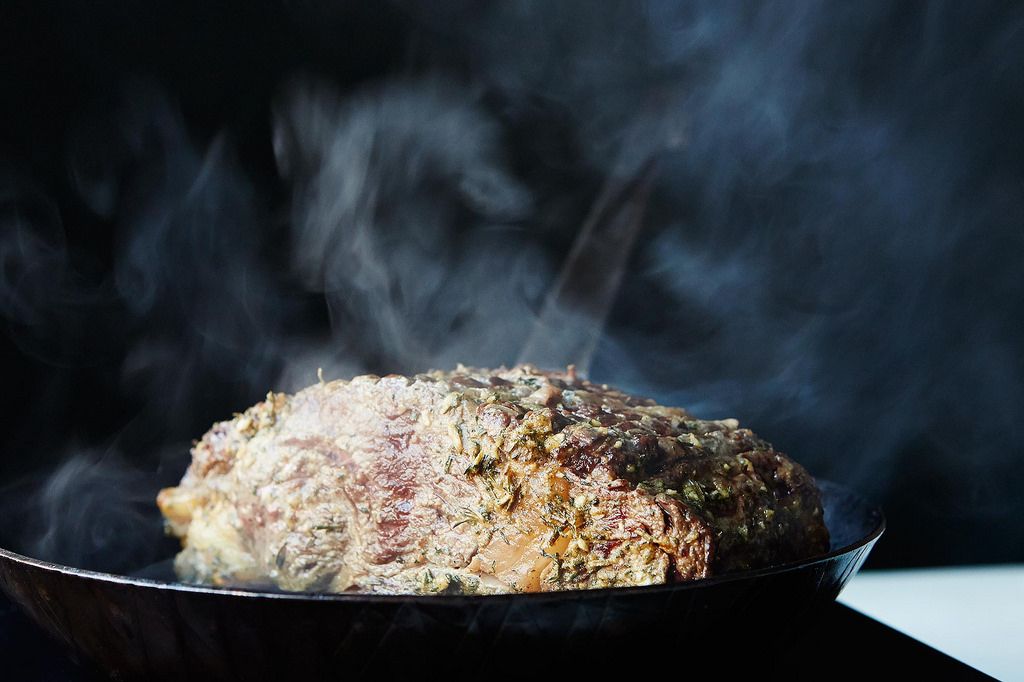
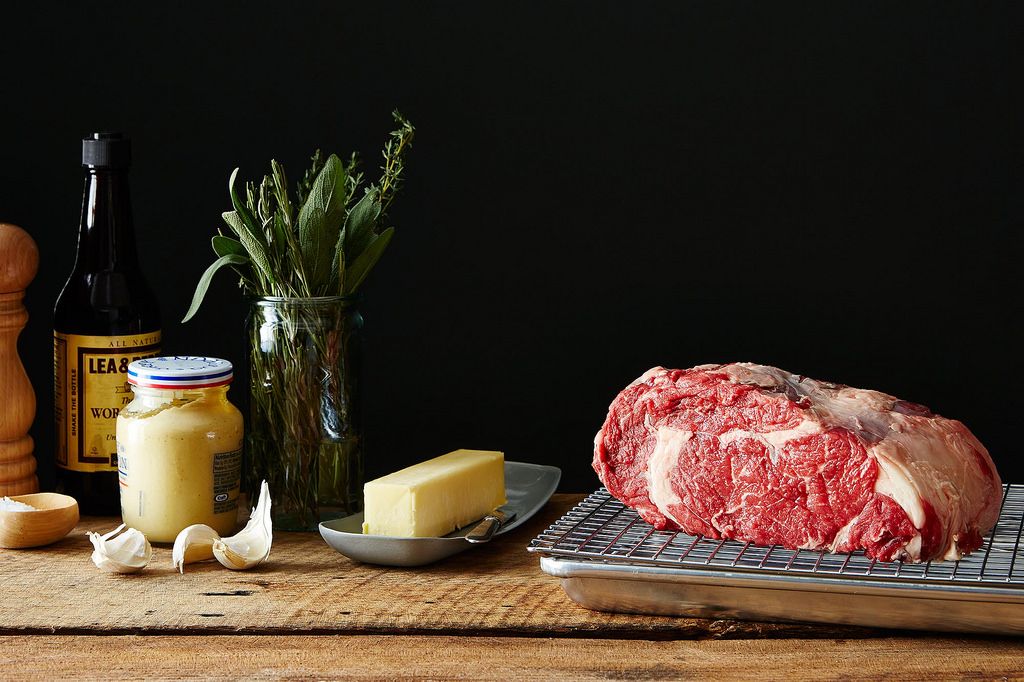
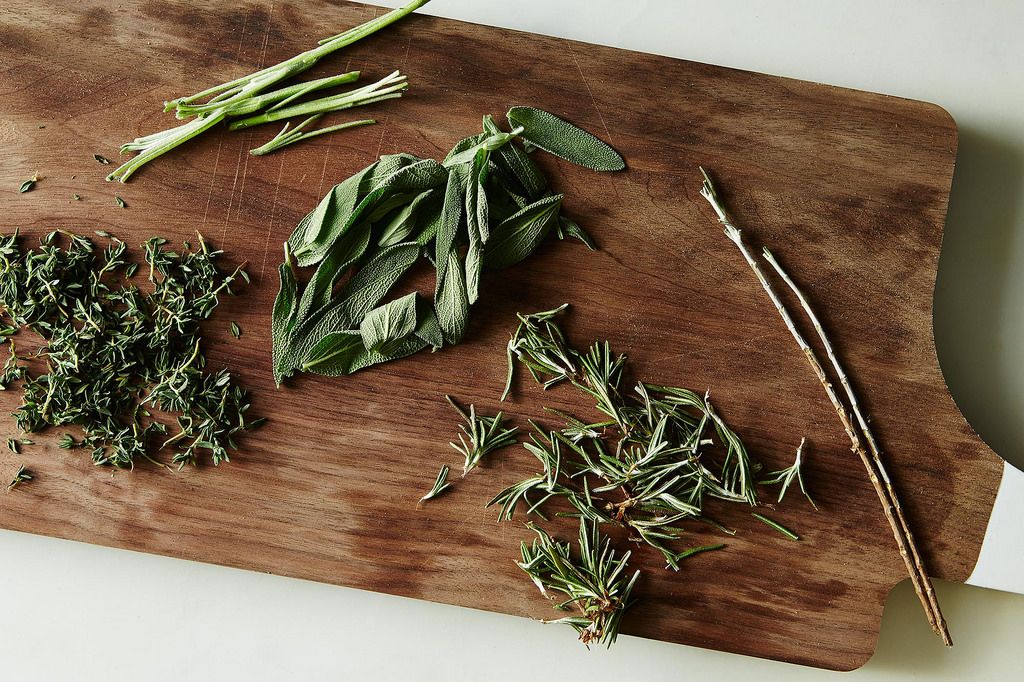
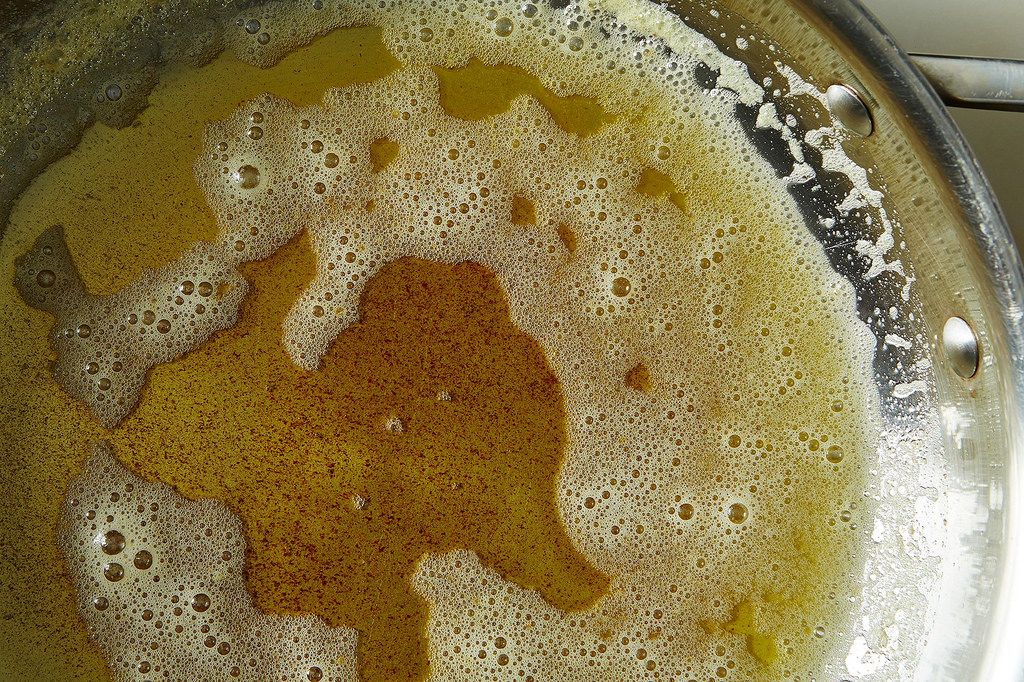
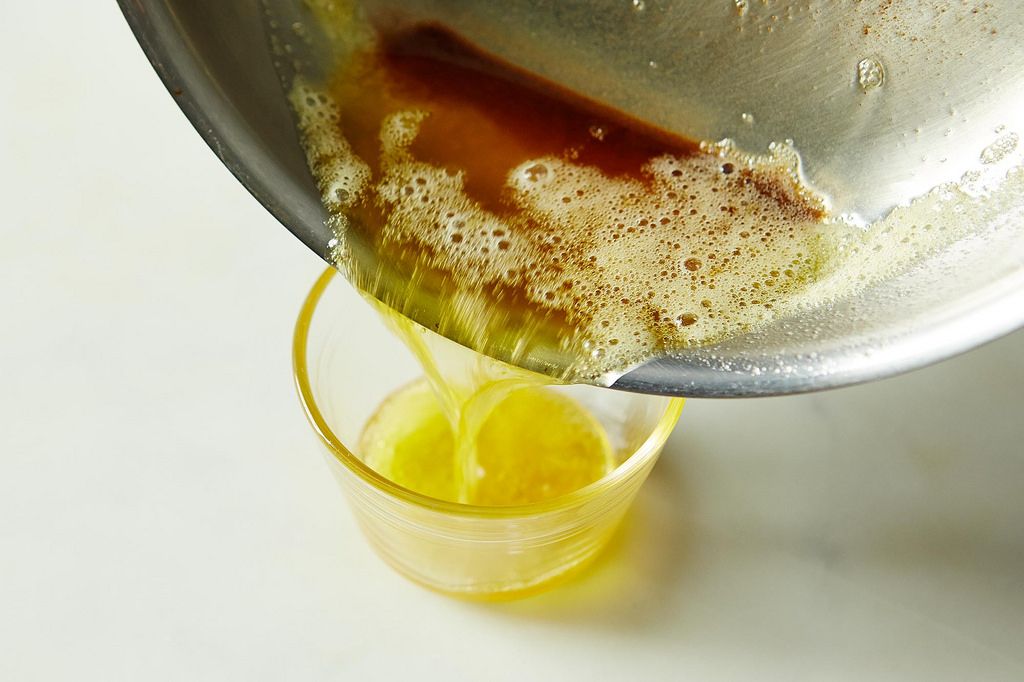

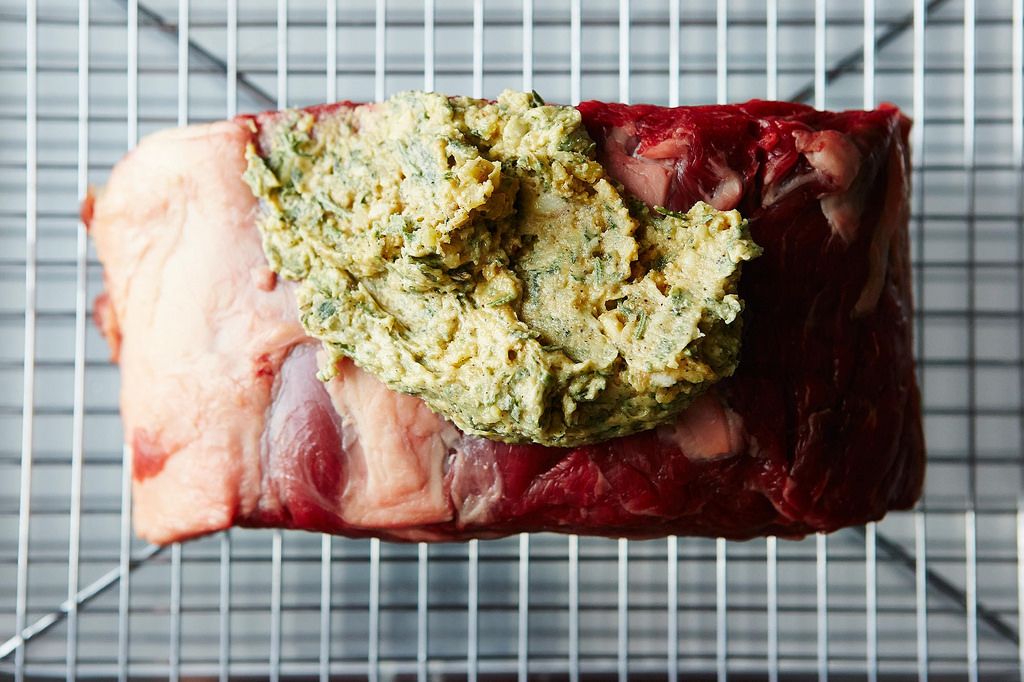
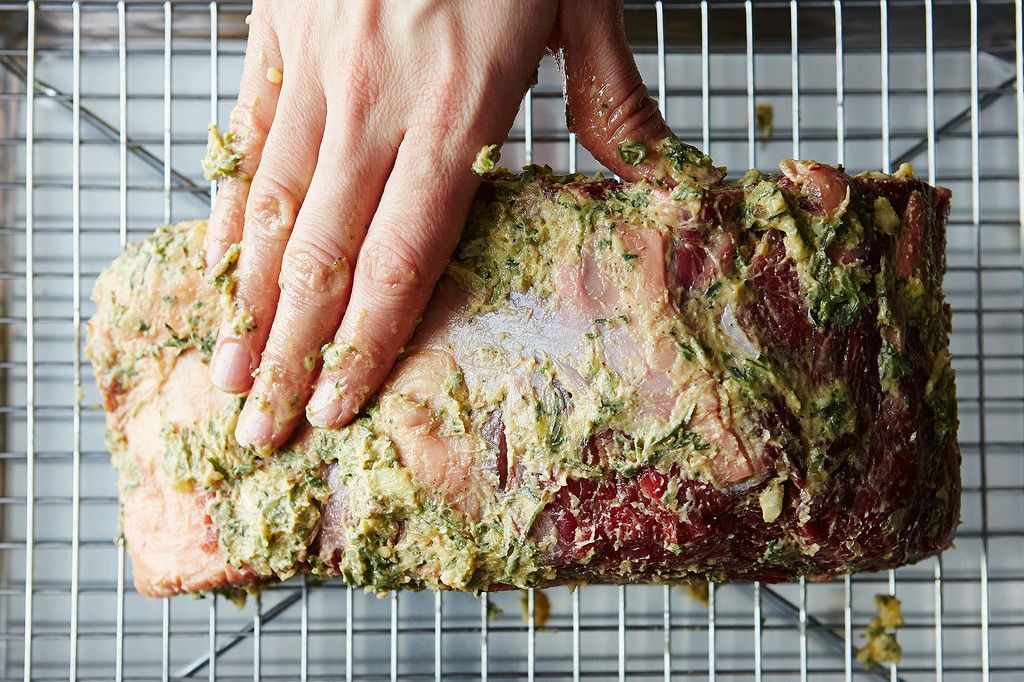

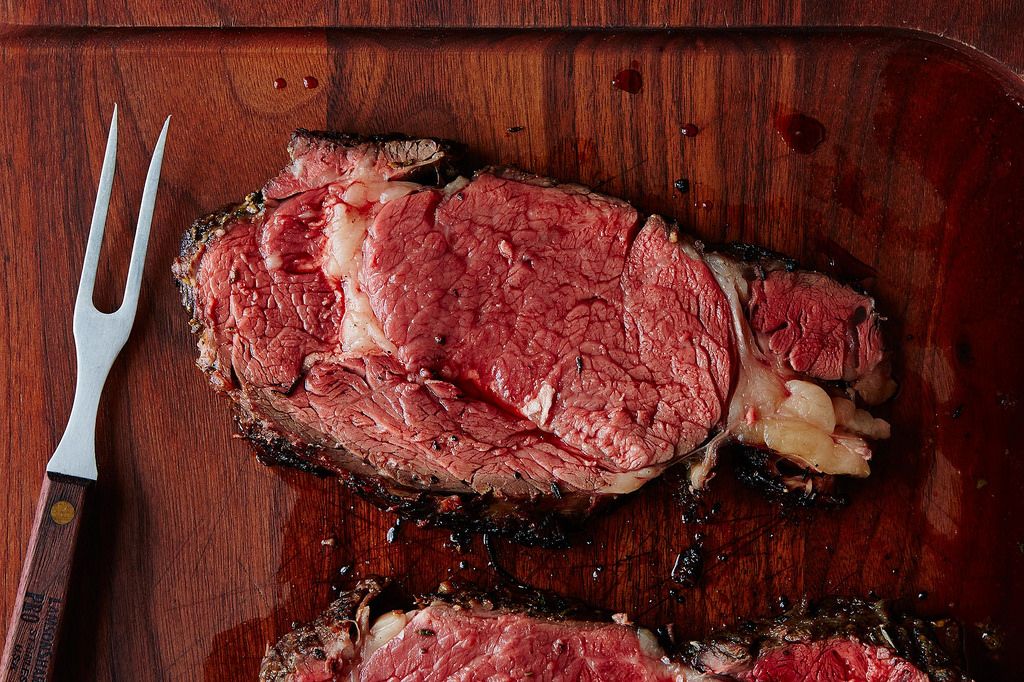
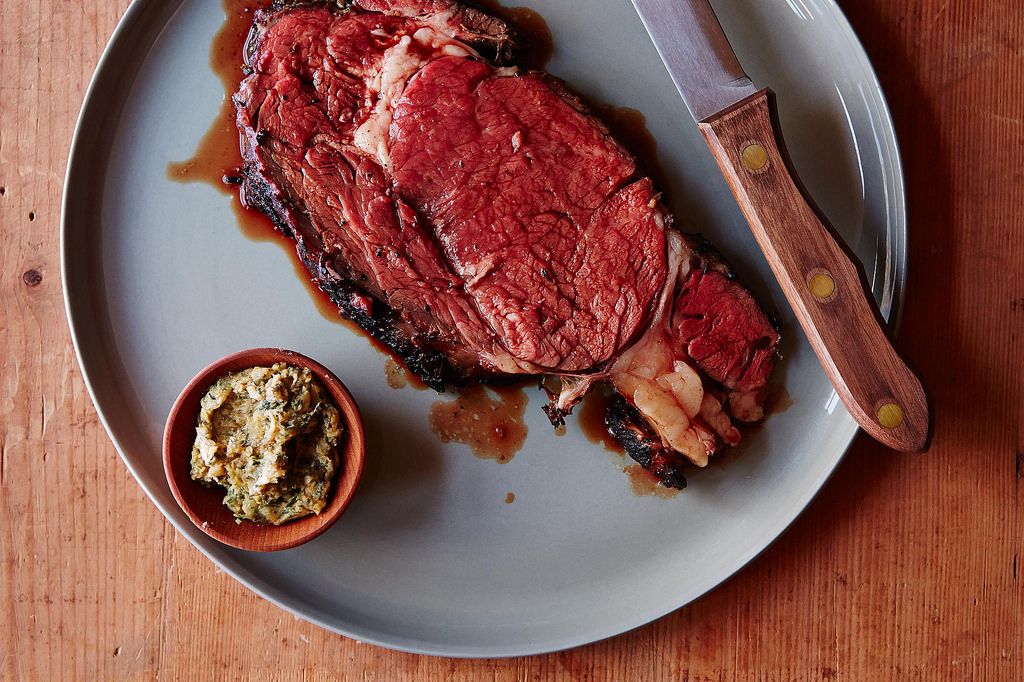

See what other Food52 readers are saying.